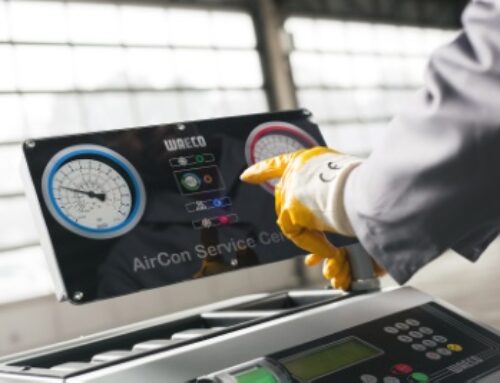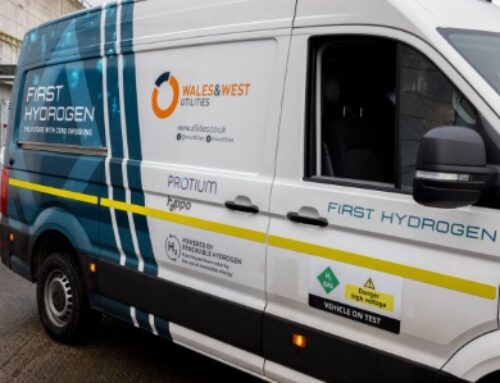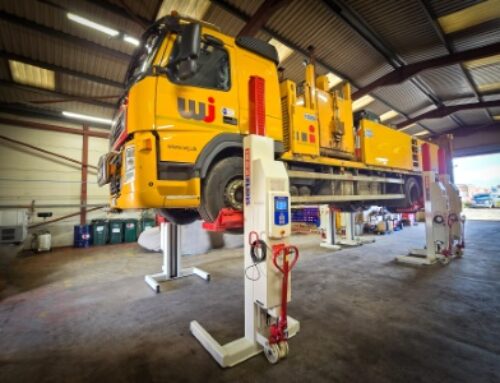Mobileye driver alerting technology ‘cuts collision risk’
 Fewer accidents, lower fuel costs and better employee safety are some of the benefits of adding automated driver alerting technology to HGV and public sector fleets already on the road, according to systems provider Mobileye.
Fewer accidents, lower fuel costs and better employee safety are some of the benefits of adding automated driver alerting technology to HGV and public sector fleets already on the road, according to systems provider Mobileye.
The company has completed successful trials of its automated driver alerting technology with a number of UK fleets.
The project – which added Mobileye’s camera and software to existing fleets, including HGV and public service vehicles – reportedly showed that automated driver alerts can reduce the risk of collisions by up to 80 per cent, cut ‘at fault’ accidents and save fuel.
Mobileye is the driving force behind the Advanced Driver Assistance Systems (ADAS) offered by more than 25 vehicle manufacturers around the world, including Volvo and Terberg.
The same technology powers Mobileye’s driver alerting technology that can be installed after a vehicle is manufactured, providing automated aural and visual warnings to fleet drivers in real time.
The system – which the company says can be easily installed on HGV vehicles as well as buses and bin lorries – can warn against imminent collisions, the risk of ‘rear-ending’, an unsafe distance between the vehicle in front, possible impact with vulnerable road users like pedestrians or cyclists, speeding, and uninten ded lane departure.
ded lane departure.
Mobileye’s software continually analyses images from the camera, processing tens of billions of operations every second.
Mobileye worked with several fleets in both the public and private sector to trial Mobileye’s latest forward facing camera and alert system, as well as the company’s Shield+ product which includes blind spot detection on both the driver and passenger side, and is designed especially for larger vehicles.
The results showed the ability of Mobileye’s technology to cut collisions, says the firm, with one fleet that had an average of one ‘at fault’ collision per month in the previous 18 months reducing its three-month collision rate to zero once Mobileye’s technology had been installed.
Another fleet saw its average headway time from the vehicle in front decrease from a ‘high risk’ 1.6 seconds to an ‘excellent’ 2.0 seconds. With the same fleet, the total amount of time spent driving with an unsafe headway time was cut from 18 per cent to 2 per cent, and the number of unintended departures from lane were cut by more than 80 per cent.
Fleets involved in the trial also saw their fuel costs cut, Mobileye reports, as smoother, safer, less aggressive driving improved the vehicles’ overall fuel efficiency. As well as providing real time driver alerts, the company’s systems can also integrate with telematics systems, providing enhanced data on driving performance to fleet managers.
“Mobileye is the brains behind semi-autonomous and driver assistance capabilities for the majority of new vehicles coming off the automotive industry’s production lines,” said Gil Ayalon, Mobileye’s regional director for Europe.
“But our driver alerting technology – aimed specifically at large fleets – can be installed on any UK fleet vehicle currently on the road today, bringing the same safety benefits for a fraction of the cost of renewing the vehicle.”











